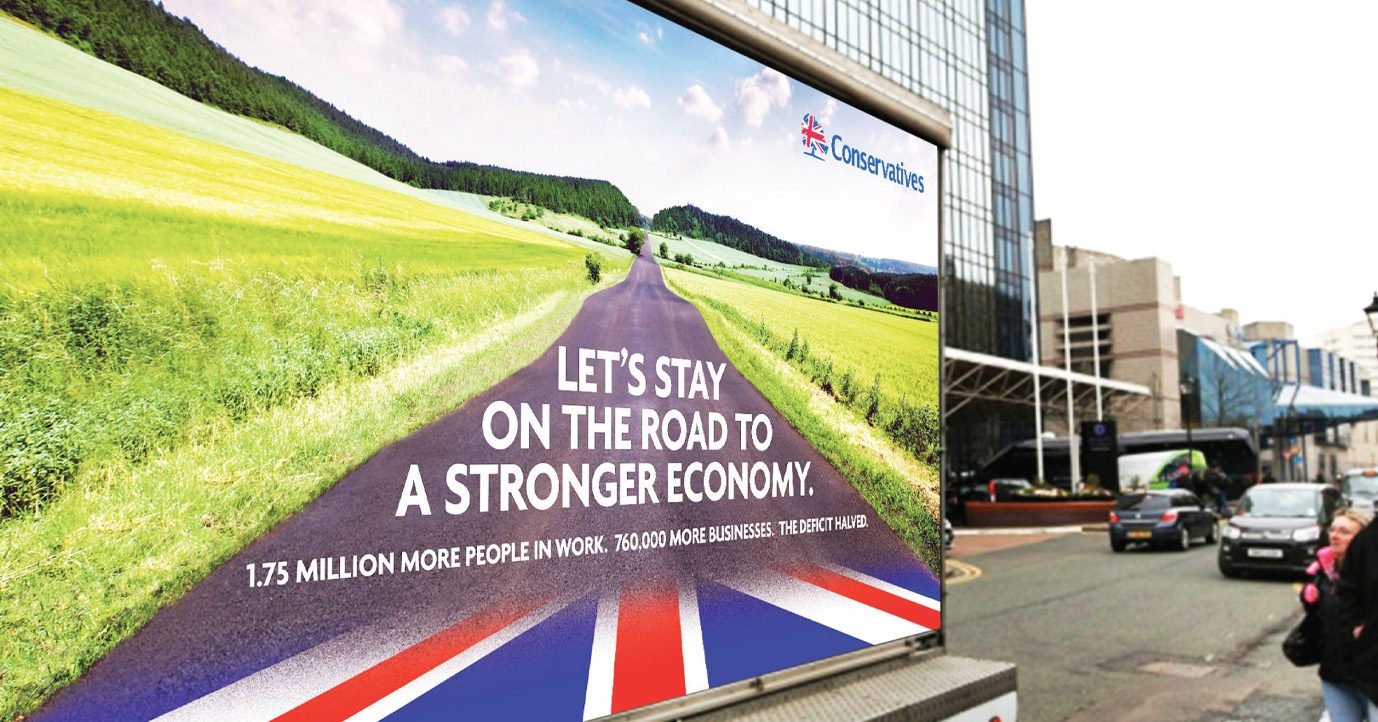
Marginal constituencies decide the outcome of elections. In 2010, though the Conservatives did not achieve the national vote share they wanted, the party’s targeting strategy meant it won 23 more Labour seats and 9 more Liberal Democrat seats than it would have done on a uniform swing. Had it not been for the Conservative performance in the marginals, Labour would have been the largest parliament and would have continued in government.
The voters in marginal seats receive, no doubt to their delight, a great deal more attention from the parties than anyone else. But not all marginal seats are the same. Not only are they contested by different parties, they are home to different kinds of people and face a variety of different circumstances. Not only can the state of play in the marginals look rather different from the national polls, different kinds of marginal seat can look rather different from each other.
Now that we are past the midway point in the parliament – and now that it’s clear that the constituency boundaries will not be changing before the next election – I decided it was time for a proper look at the marginal territory where it will be decided who enters 10 Downing Street on 8 May 2015 and whether or not they have an overall majority at their command.
This study is based on over 19,000 online interviews in 213 constituencies throughout Great Britain – mainly those for which the Conservatives and Labour will be competing directly, and those the Liberal Democrats will be defending against either of the bigger parties.
At first glance the findings seem to offer little encouragement for the Conservatives. Labour is ahead in all the clusters of Tory-held seats Ed Miliband will be targeting, and at this stage of the parliament the figures suggest there is little prospect of Cameron gaining further seats from Labour. With two years to go this study is a snapshot not a prediction, but on the basis of this poll Labour would be elected with a large majority.
It is notable, though, that the swing to Labour in the seats the party will be aiming to take from the Conservatives is lower than that implied by the national polls. In particular, Labour are moving fewer voters in the Tory-held Southern Towns & Suburbs, London and parts of the North they might hope. The swings in different clusters of seats suggest that Labour would gain all but 16 of the 109 most marginal seats (those requiring a swing of up to 11%) the Tories are defending against them. But if, as often happens, the race tightens as the election approaches, the evidence is that Labour will find it harder to move votes in these places than it does elsewhere.
The data will make uncomfortable reading for the Liberal Democrats. As is often the case, very different results emerge from Lib Dem-held seats according to whether you ask the standard voting intention question – “if there were an election tomorrow, which party would you vote?” – or a version which reminds them of their local circumstances – “and thinking specifically about your own constituency and the candidates who are likely to stand there, which party’s candidate do you think you will vote for?” Even on this second question, the results imply a swing to the Conservatives of around 5 points. On these figures, Cameron stands to gain 17 seats from his coalition colleague in England and Wales. The findings suggest that one of these would be Eastleigh, which would fall to the Conservatives on the basis of the swing the cluster of similar seats. This backs up the findings of my election-day poll which showed the by-election result would not necessarily be repeated at a general election.
In reality, as Eastleigh showed, an election against the Lib Dems is never over until it’s over, and there will be a large number of very fierce fights. But things look a good deal bleaker for the party in seats where Labour are second. The implied 17-point swing would deprive Nick Clegg of all but two Lib Dem seats where Labour are currently second: Ross, Skye & Lochaber, and Orkney & Shetland (where in 2010 Alistair Carmichael received nearly six times as many votes as his nearest challenger). Labour also stand to gain two seats – Cambridge and Leeds North West – where they are currently third.
In the urban English seats where Labour are challenging the Liberal Democrats there was less difference between the standard and local voting intention questions than elsewhere. In these seats only 55% of voters knew they had a Lib Dem MP, well below the 69% in seats the party is defending against the Conservatives. And as I found in my recent study What Are The Liberal Democrats For?, the party’s performance either locally or nationally matters less for people who voted Lib Dem thinking it a left-wing alternative to Labour who are angry it joined the coalition in the first place.
Overall, though, Liberal Democrat MPs outscore their Labour and Conservative counterparts on most positive attributes, especially being a local person with roots in the area, and staying in touch with constituents through newsletters and leaflets. This was reflected in measures of local campaign action: voters in Lib Dem seats have noticed more activity from their incumbent party than is the case in Labour or Conservative-held marginals.
Across the Battlegrounds the Conservatives’ biggest asset remains David Cameron, who leads as best Prime Minister everywhere except the Lib Dem-Labour Battleground, and having the clearest vision of where they want to take the country, where they lead across the board (though substantial numbers say this is not true of any party). The Tories also lead on the economy everywhere except the Lib Dem-Labour seats.
Despite Labour’s clear lead on voting intention throughout the seats it is defending or challenging, the Lib Dem-Labour Battleground was the only one in which the proportion saying the party had learned the right lessons from its time in government and could be trusted to run the country again, or had done a pretty good job and had no lessons to learn, was greater than the proportion saying they could not yet be trusted – and then by only 40% to 39%. 7% of all those who said they were going to vote Labour said the party had not learned its lessons and could not yet be trusted to govern.
Meanwhile, only just over half of 2010 Liberal Democrat voters (54%) said the party did the responsible thing by entering the coalition, and only 40% said they had shown they were a responsible party of government. More than half, though, said they had managed to get some of their policies put into action, and three quarters said they had made the government more moderate than if the Conservatives were governing alone.
Asked about their expectations of what would happen after 2015 under different governments, people were strikingly pessimistic, thinking most things would stay the same or get worse whatever the result. More expected an increase in unemployment, and that NHS care would get worse, under a Conservative government than under Labour; more thought that public spending and debt, and the numbers claiming benefits when they could work, would rise under Labour than the Tories.
Overall, just under a quarter of the full sample (24%) said a Conservative government with an overall majority would be their preferred election outcome. 30% said they wanted a Labour government. 12% said they wanted a coalition between the Liberal Democrats and Labour, and only 7% wanted more of what we have now.
According to recent national published polls, on a uniform swing Labour would win a majority of 114. According to the results of this survey of the marginals, Labour would gain 109 seats, and the Conservatives would suffer at net loss of 75. This would give Ed Miliband 367 seats in the House of Commons – a Labour majority of 84.
While this hardly sounds like good news for the Tories, it shows that things are at least a little less bad than the national polls suggest.


